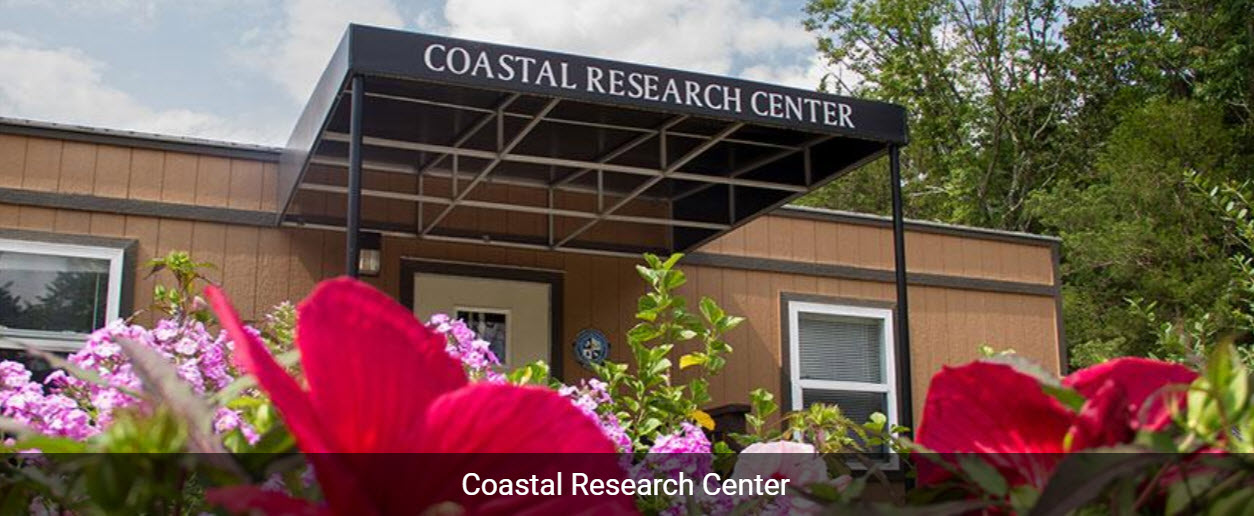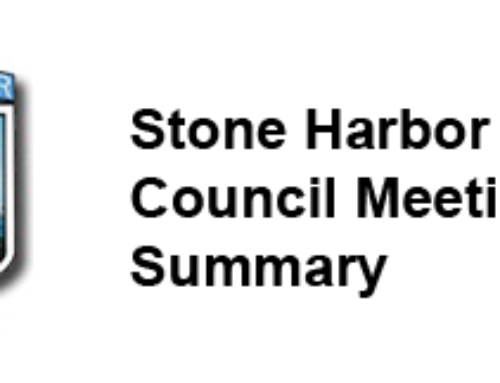Stone Harbor works with the Coastal Research Center (CRC) of Stockton University to conduct semi-annual surveys that document changes to our municipal beach due to storms and coastal erosion. For the benefit of members of the Stone Harbor Property Owners Association (SHPOA), below is a summary of CRC’s 2020 (20 page) spring report.
On April 15 and 16, 2020 the CRC performed the first of two surveys of our beaches for 2020. Changes to the beaches are determined by comparing the status of beaches in October 2019 vs. April 2020. The monitoring sites are located at the following eight beach areas:
82nd Street (up to border with Avalon)
90th Street
95th Street
103rd Street
108th Street
112th Street
116th Street
123rd Street to the terminal groin (rock jetty)
In the 2018/19 winter season, we lost 95,825 cubic yards of sand across our shoreline. The 2019/20 season however was relatively calm and storm damage was minor. The net winter seasonal sand volume change was essentially flat. Four sites experienced shoreline retreat, with four locations gaining.
The beaches did grow vertically, which is good news. 22,734 cubic yards of sand were added to the berms and dunes with all but two beaches showing net gains.


